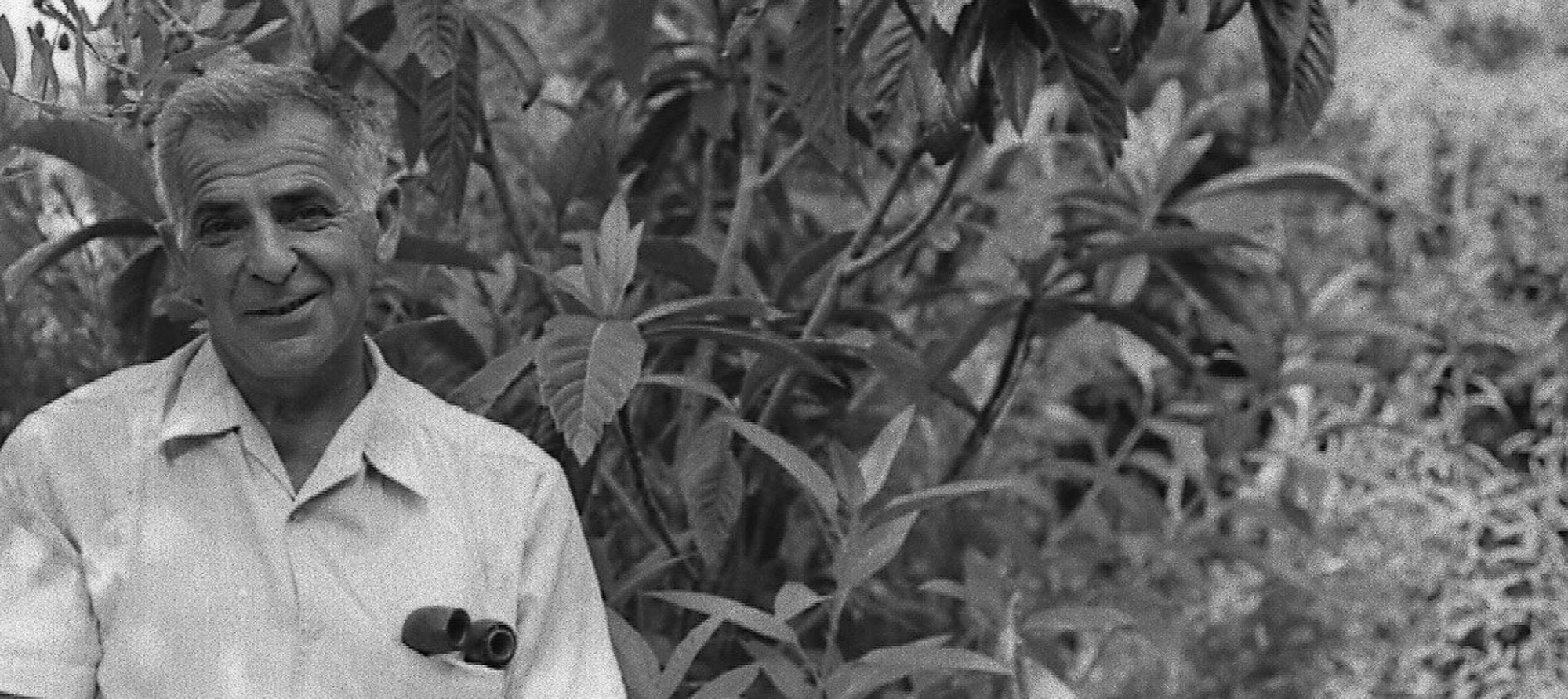
- Home
- Lattara and research
- Henri Prades and the discovery of the site
The discoverer of the site of Lattara
Between 1974 and 1978 – following the pioneering work of Henri Prades, who demonstrated the importance of the Lattara site – the State acquired the land that covered a part of the ancient town and a nearby building. These acquisitions were completed by the Herault departmental council and the town of Lattes. In 1986, the Henri Prades Archaeological Museum and the Regional Archaeological Documentation Center (CDAR) were inaugurated immediately adjacent to the excavation site – proof of the commitment on the part of both institutions and local authorities to develop and highlight archaeological research over the long term.
The town of Lattara was known from texts in Antiquity, and it was mentioned in historical writings in the 17th and 18th centuries. It was located for the first time in the early 20th century during fieldwalking surveys.
However, it was not until the early 1960s that the site of Saint-Sauveur was finally and completely identified.
In the fall of 1963, a parcel of land was subjected to deep plowing, and several thousand archaeological vestiges came to the surface. Henri Prades, archaeologist and teacher at Montpellier, carried out two sondages that confirmed the riches that the site contained. He then carried out other explorations through the end of 1964, after which the site was replanted with grape vines. Buoyed by his discoveries, he continued his work on the land surrounding the site, for the first time encountering vestiges linked to the town's port activity. At the end of the 1960s, the rhythm of urbanization in the village of Lattes meant increased explorations.Several excavations were carried out in various sectors, confirming Prades's initial impressions. In 1974, along with Jean Arnal and René Majurel, Prades published a reference work on the port town of Lattara, emphasizing the role played by the Etruscans in the town's foundation.
Starting in 1978, with the Groupe Archéologique Painlevé, he focused his research on a sector close to Saint-Sauveur, which was preserved as an archaeological reserve.
In addition to his work on the site of Lattara/Saint-Sauveur, Prades excavated several prehistoric, protohistoric, ancient and medieval sites, both at Lattes and in the surrounding communities.
Prades is considered by all to be the discoverer of the site of Lattara.







